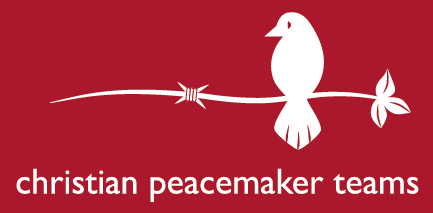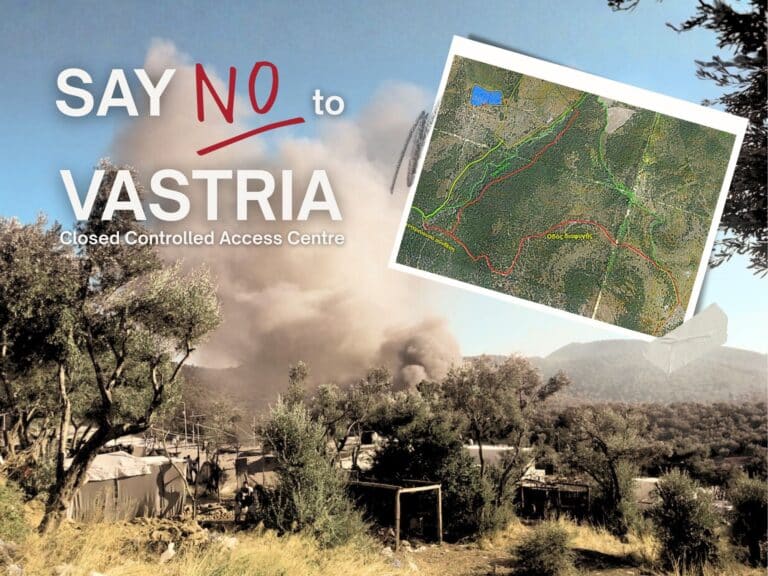CPTnet
4 October 2012
ABORIGINAL JUSTICE: Truth and the generations-long path to
reconciliation
by Chris Sabas
“It takes a village to
raise a child.” Many mistakenly credit US Secretary of State Hillary Rodham
Clinton with coining this phrase, the title of her popular book. But the
Nigerian Igbo proverb is
centuries old. The Igbo word for child means child of the community.
Indigenous communities within
what is known today as Canada view children similarly.
According to the Royal
Commission on Aboriginal Peoples in 1996, “Children hold a special place in
Aboriginal cultures. According to tradition, they are gifts from the spirit
world… They carry within them the gifts that manifest themselves as they become
teachers, mothers, hunters, councilors, artisans, and visionaries. They renew
the strength of the family, clan and village and make the elders young again with
their joyful presence.”

|
|
| photo by Stephanie Epp |
Imagine ripping these spirit-world
gifts from the families and villages geared to raising them. Canadian
government and society, aided by mainline churches, did just that, in addition
setting out deliberately to destroy their villages. The Indian Act of 1876,
still in effect, controls every aspect of indigenous life. Numerous amendments have
not fundamentally altered its original form. The act destroyed traditional
forms of governance, creating Indian agents with absolute power over every
status Indian (such as the power to grant a person a “pass” to leave the
Reserve). Indigenous people were formally denied access to courts, lawyers and legal
education.
And children were placed
in government-funded, church-run residential schools.
At a Truth
and Reconciliation Commission (TRC) national event held in Saskatoon, Saskatchewan, 21-24
June, some 15,000 survivors of the schools shared laughter, tears, songs and
stories with thousands of other attendees. Over 5,000 joined via webcast. It
was the largest event of its kind to date. About half of all residential school
survivors live in Saskatchewan.
The survivors’ message
is simple: we must never forget or deny what happened. TRC Chair Justice Murray Sinclair has termed removing
indigenous children from their communities and placing them with another
segment of society for spiritual and racial indoctrination cultural genocide.
Throughout the event,
survivors stated that reconciliation is impossible without “the truth.” What
then is truth? Truth is understanding, coming to terms with the past, humility,
knowledge, acceptance. Truth can be factual – a school’s location, a
classroom’s dimensions – or subjective – past and present impacts, feelings,
and ways of relating to others.
Historical truth speaks
through the emotional distress stirred by the sight of a clerical collar,
through violence children suffer at the hands of residential school survivors,
or of survivors’ adult children, and through the devastation of addictions.
Shame and exclusion take
the place of the dignity pillaged through language destruction. Generations of schoolchildren,
both indigenous and non-indigenous, have been brought up on a curriculum that dismissed
indigenous culture and history as worthless and inferior. Every single Canadian
is affected.
Yet knowing the truth is
only part of reconciliation. Reconciliation calls for listening, acceptance, patience
and repentance, for walking together and bearing witness together.
It all takes time. Residential
schools have harmed seven generations. It may take seven more to rediscover the
harmony they obliterated.


